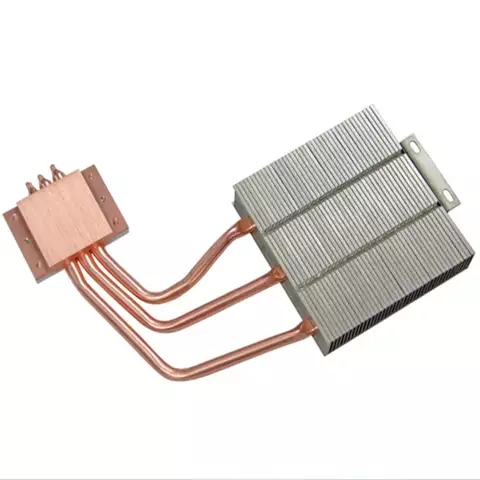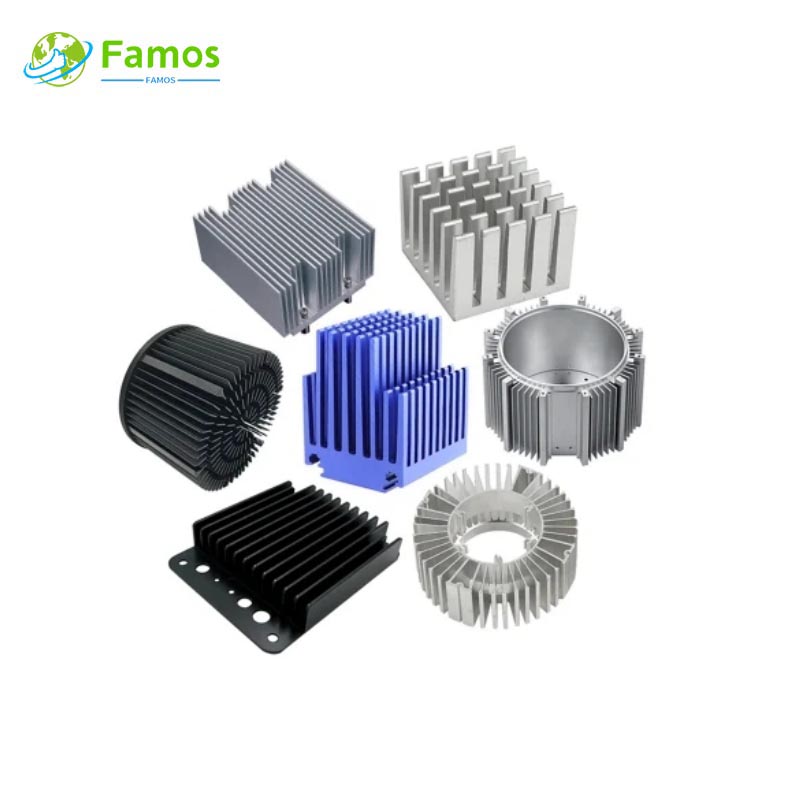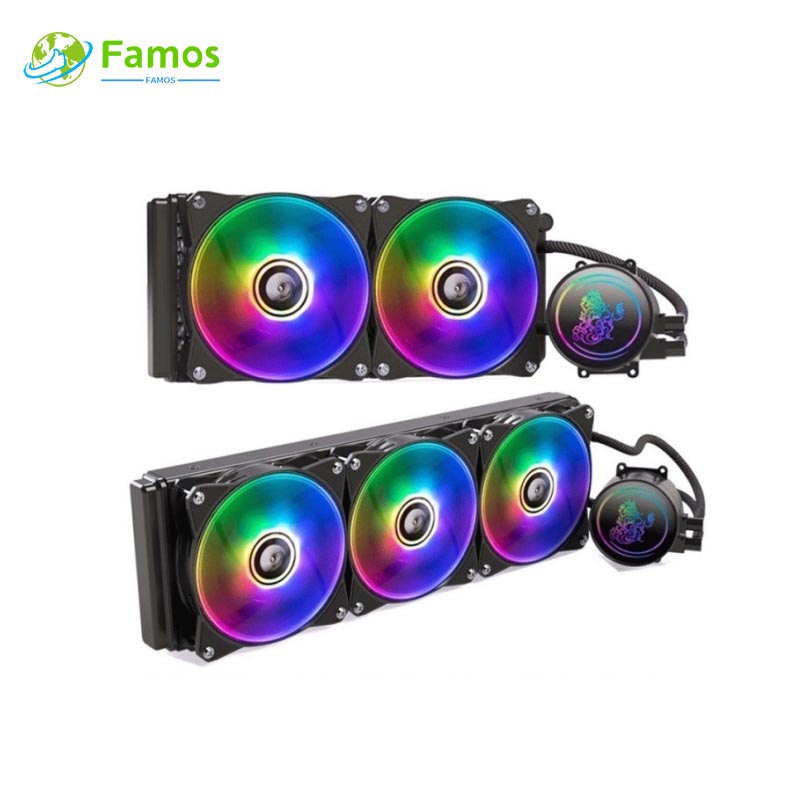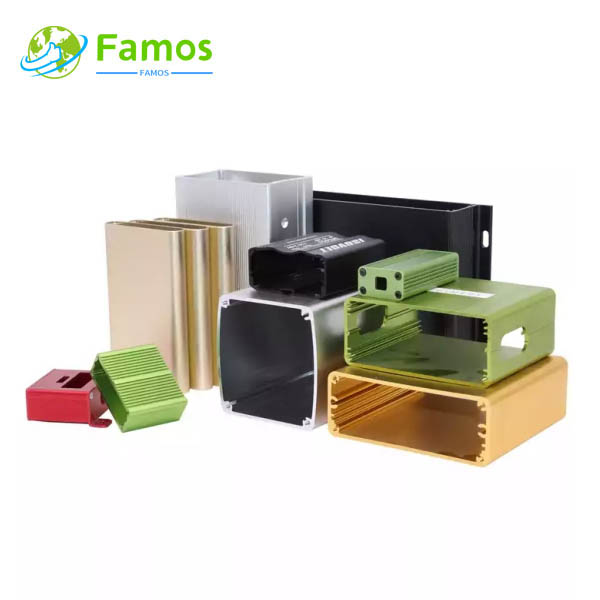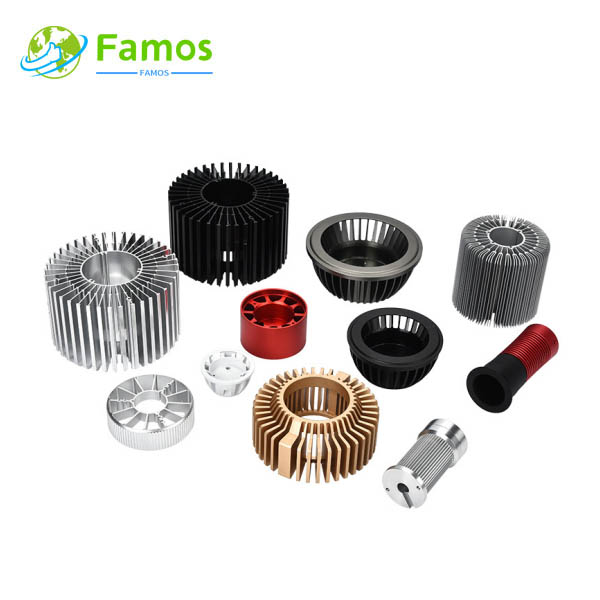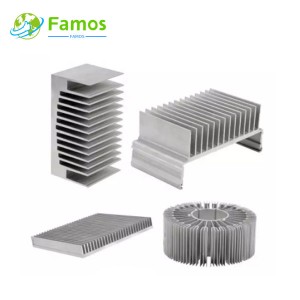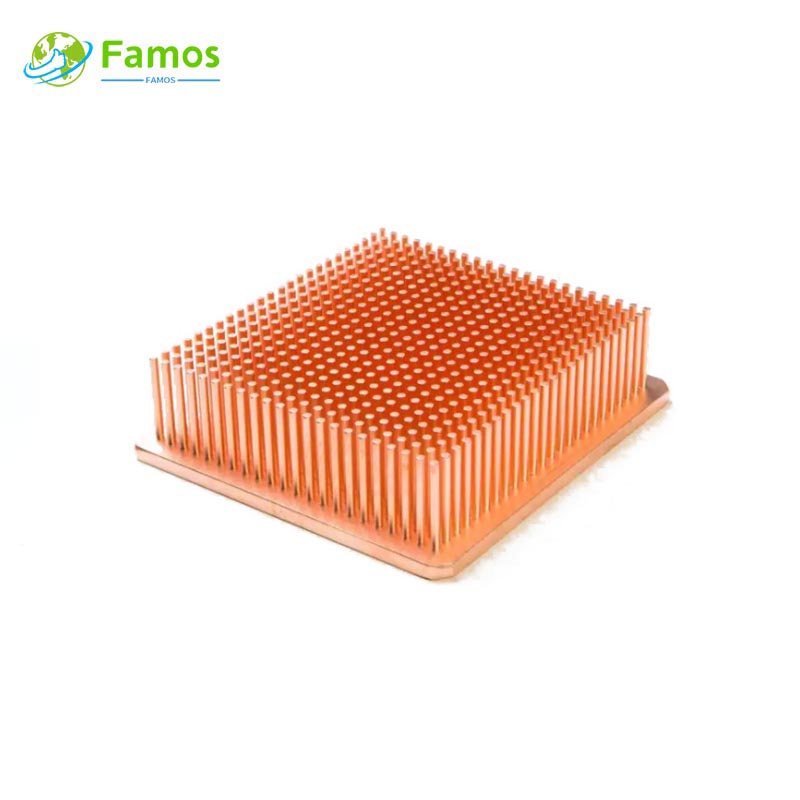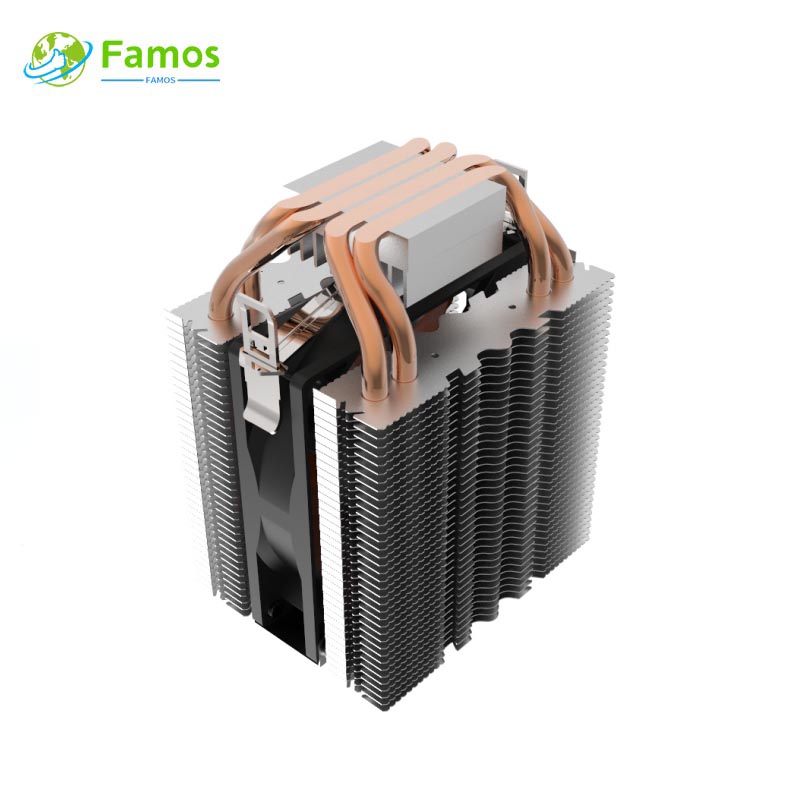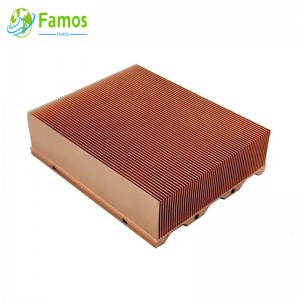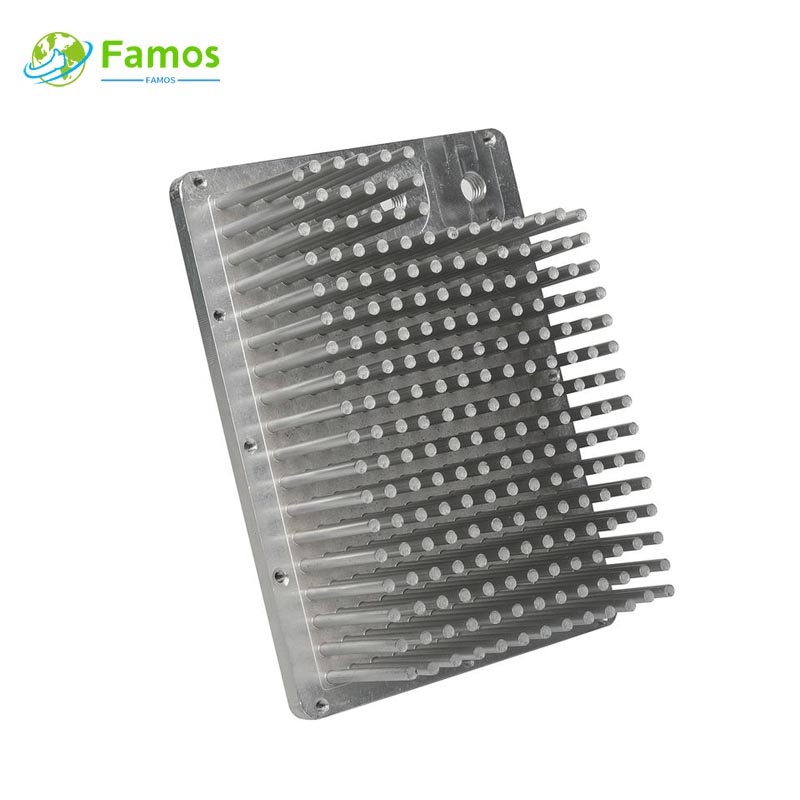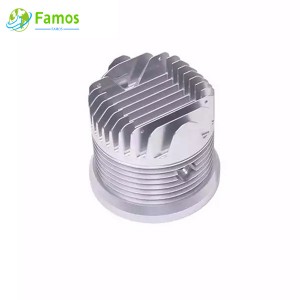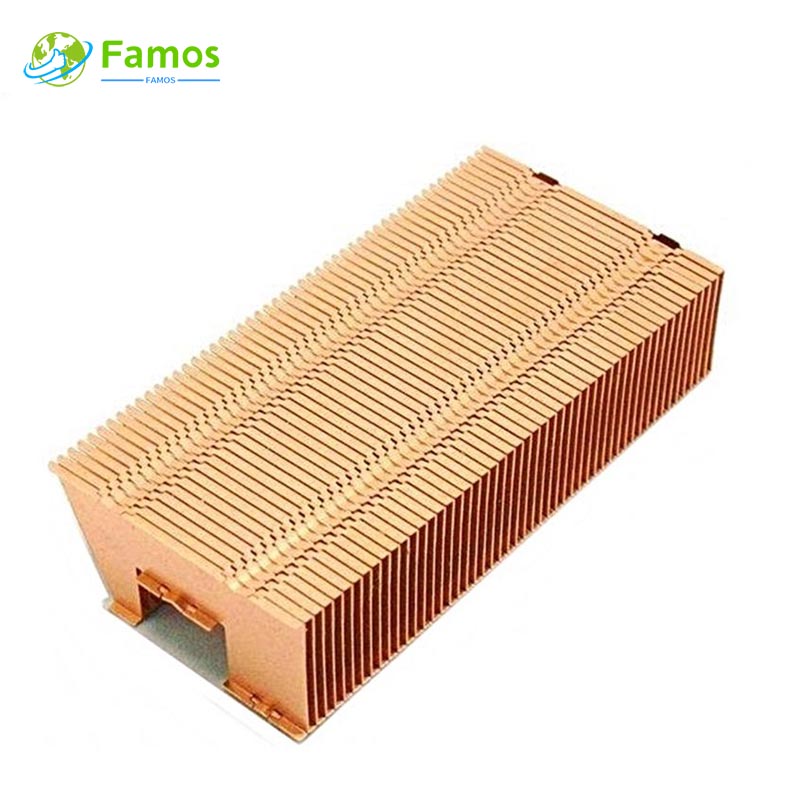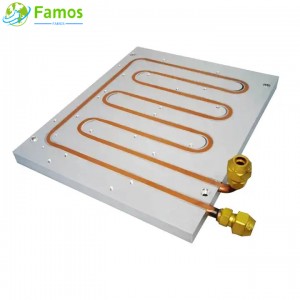A heat pipe heatsink is an innovative cooling solution that has gained popularity in recent years due to its high efficiency and effectiveness in dissipating heat. This technology plays a vital role in various industries, including electronics, aerospace, and even in our everyday appliances.
To understand how a heat pipe heatsink works, we need to first understand the concept of heat transfer. Heat transfer is the process of moving heat from one place to another. In the case of electronics or other heat-generating devices, it is essential to dissipate the heat efficiently to prevent overheating, which can lead to reduced performance, system failure, or even permanent damage.
Heat pipes are highly-efficient heat transfer devices that work on the principles of phase change and the transfer of latent heat. They consist of a sealed copper or aluminum tube that is partially filled with a working fluid, typically water or a refrigerant. The inner walls of the heat pipe are lined with a capillary structure, usually made of sintered metal or grooves, which helps in the wicking process.
When heat is applied to the evaporator section of the heat pipe, it causes the working fluid to vaporize. The vapor, having a higher pressure, moves towards the cooler regions of the heat pipe. This pressure difference drives the vapor to flow through the capillary structure, transporting heat along with it.
As the vapor reaches the condenser section of the heat pipe, it loses heat and re-condenses into a liquid state. This phase change from vapor to liquid releases the latent heat, which is absorbed during the vaporization process. The condensed liquid then moves back to the evaporator section through the capillary structure by capillary action.
This continuous cycle of evaporation, vapor migration, condensation, and liquid return allows the heat pipe to effectively transfer heat from the heat source to the heatsink. The heatsink, usually made of aluminum or copper, is in direct contact with the condenser section of the heat pipe. The heat is then dissipated from the heatsink into the surrounding environment through conduction, convection, and radiation.
One of the key advantages of using a heat pipe heatsink is its high thermal conductivity. The working fluid inside the heat pipe effectively couples the heat source to the heatsink, minimizing any thermal resistance. This allows for efficient heat transfer over relatively long distances, making it an ideal solution for applications where the heat source and the heatsink are physically separated.
Heat pipe heatsinks also have a compact design, making them suitable for space-constrained environments. The ability to transfer heat over long distances with minimal temperature difference enables the use of longer and thinner heat pipes, reducing the overall footprint of the cooling system.
Furthermore, heat pipes have the advantage of being passive cooling solutions, meaning they do not require any additional power source or moving parts. This not only increases reliability but also reduces maintenance and noise levels.
In conclusion, a heat pipe heatsink is a highly efficient cooling solution that uses a combination of phase change and latent heat transfer to effectively dissipate heat from a heat source. This innovative technology has revolutionized the cooling industry by offering high thermal conductivity, compact design, and passive cooling capabilities. Its widespread adoption in various applications is a testament to its effectiveness and importance in maintaining optimal operating temperatures for heat-generating devices.
If You Are in Business, You May Like
Types of Heat Sink
In order to meet different heat dissipation requirements, our factory can produce different type heat sinks with many different process, such as below:
Post time: Jun-30-2023

